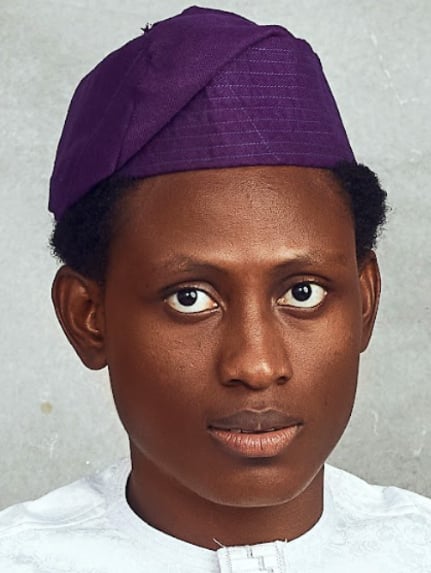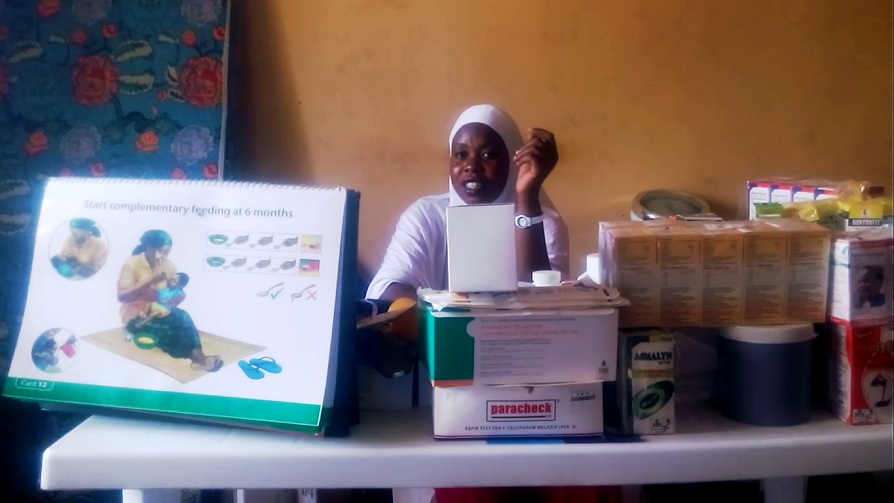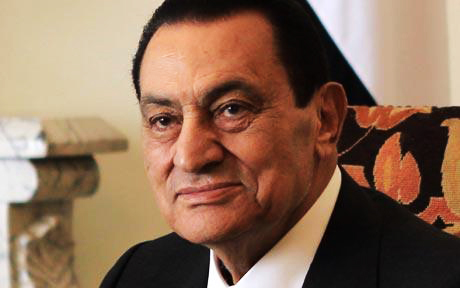About 300 women and girls rescued from Boko Haram’s captivity in Sambisa by the Nigerian military are suffering from stomach ulcer, malnutrition, eye problems and diarrhoea, TheCable’s visit to their Internally-Displaced Persons (IDP) camp in Malkohi, Yola in Adamawa state, has revealed.
After interacting with some of the women and girls who just had their lunch, which was provided by the National Emergency Management Agency (NEMA) and Adamawa State Emergency Management Agency (ADSEMA), TheCable discovered that a good number of them had eye defects, which they said was caused by the harsh conditions in captivity.
Iyagana Mallum, a woman who was rescued with four of her kids, said children especially came in with eye problems, but had been receiving treatment.
Already, Mallum and three of those kids have recovered from the defect, courtesy of the medical care and their exposure to a new, free life.
Advertisement
She was abducted in November 2014 with her five children from Gumsuri, not too far from Chibok – the community where more than 200 girls were abducted in April 2014.
Zainab Jangawe (pictured), a nurse on duty at the clinic, had more to say about the victims’ state of health.
“When they were brought in, – and they were more than 50 – virtually all of them came in with eye problems due to the heat and the dust in the forest,” she said.
Advertisement
“Most of them could not even look at you when they came in; they were covering their eyes and faces. Their faces that had to be washed that night with normal saline. But now, the number of those with this condition has reduced drastically.”
Jangawe went on to say some of them came in suffering from malnutrition, resulting to their admission and placement on special recovery diet, which included golden morn, milk, and multivitamins.
She said many of them were also “de-wormed”, with some others placed on quick recovery intravenous fluids.
TheCable met four of the girls whose pregnancies (most of them in the second trimester) had been confirmed and who had been registered for ante-natal care. Although Jangawe said that the number of pregnant girls was not as high as the 214 recently mentioned by Babatunde Osotimehin, executive director of the United Nations Population Fund (UNFPA), she admitted that some were “hiding” their pregnancies for obvious reasons.
Advertisement
Jangawe was still speaking with TheCable when one of the recently-released women sought medical attention, complaining of “heartburn and stomach upset”, among others.
After attending to her, Jangawe told TheCable that most of the girls and women recently rescued were suffering from stomach ulcer.
“Some of them would say that they did not eat for five days. We have been treating them and they are gradually recovering,” she said.
She added that when the women and girls were brought in, the medical team ran tests on them to determine their current state of health.
Advertisement
“We did malaria, we did haemoglobin,” she said.
“We would have done HIV and pregnancy tests today, but we couldn’t. Hopefully, we will do all tomorrow.”
Advertisement
NEMA, ADSEMA, and UNFPA) are some of the agencies offering psycho-social support to the women and girls, “who are going through various degrees of trauma”.
Advertisement
Add a comment







